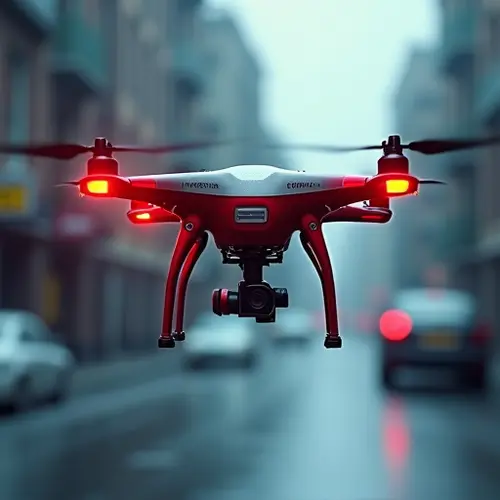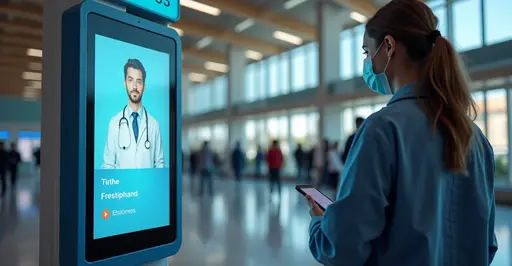
How Drones Are Revolutionizing Emergency Medicine
The Rise of Medical Drones
Medical drones are transforming the way emergency care is delivered, particularly in remote and hard-to-reach areas. Companies like Zipline International Inc. are at the forefront of this innovation, using drones to deliver blood, organs, vaccines, and other critical medical supplies faster than traditional ambulances.
Zipline: A Pioneer in Drone Delivery
Zipline, founded in 2014, has made over one million commercial deliveries and flown more than 70 million autonomous miles. The company operates in countries like Rwanda, Ghana, and the United States, where its drones deliver blood products, vaccines, and even personal protective equipment (PPE). In Rwanda, over 75% of blood deliveries outside the capital, Kigali, are handled by Zipline drones.
Impact on Emergency Response
Drones significantly reduce delivery times, often reaching destinations in minutes rather than hours. For example, in Ghana, Zipline’s drones supply 2,500 health facilities, ensuring timely access to life-saving treatments. During the COVID-19 pandemic, Zipline partnered with Novant Health in the U.S. to deliver PPE and medical supplies under an FAA waiver.
Future Prospects
The success of medical drones has spurred interest worldwide. Zipline is expanding its services to include non-medical deliveries, such as groceries and e-commerce, while continuing to innovate in healthcare. With advancements in drone technology and regulatory support, the future of emergency medicine looks increasingly airborne.

 Nederlands
Nederlands
 English
English
 French
French
 Deutsch
Deutsch
 Espaniol
Espaniol
 Portugese
Portugese









